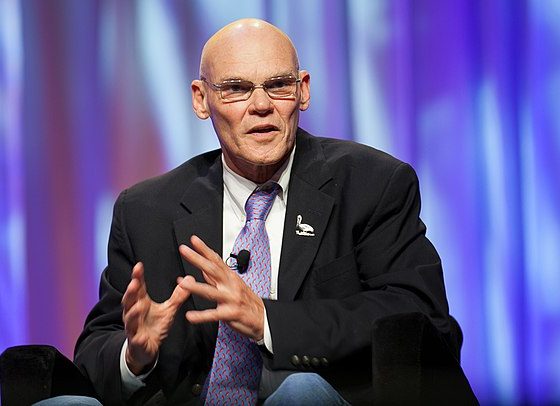Sarah Palin loses Alaska’s special election for a vacant seat in the House of Representatives. Sarah Palin, while finishing in second place in first choice votes, and capturing 31.3% of the vote, fell behind Democrat Mary Peltola, who finished with 40.2%. Republican Nick Begich would go on to capture 20.9% of the vote. Many believed this pointed to a Sarah Palin victory due to the two leading Republicans totaling over 50% of the first choice votes, and Mary Peltola only gathering 40.2%. However, when voters ranked their first and second choice candidates, Sarah Palin wasn’t listed enough on the ballots as the second choice, leading many to believe that this Democrat win could also be looked at as a statement about how Alaskans view the possibility of having Sarah Palin holding office again.
Following the vote for the House of Representatives, Mary Peltola would come out on top, finishing with 51.5% of the vote, and will be the first native Alaskan to serve as Alaska’s one and only representative. Sarah Palin gathered 48.5% of the vote and finished over 5,000 votes behind Patla. This will be the first time this seat in the house has been blue since 1972, and points to the possibility of an Alaska that is shifting blue; or, Alaskans have had enough of Sarah Palin.
In Alaska, the first-choice votes show the GOP divide: Ms. Peltola led with 40.2%. Ms. Palin held 31.3%. Another Republican, Nick Begich, took 28.5%. That meant Mr. Begich was eliminated and then his supporters were reshuffled. Where did they go? Half ranked Ms. Palin second. Slightly more than a quarter migrated to Ms. Peltola, perhaps including some of the Republicans who couldn’t stand Ms. Palin.
Another 20.9% of Mr. Begich’s supporters, or 11,222 people, made no second choice. Was this because they didn’t like Ms. Palin but also couldn’t vote for a Democrat? Was it a protest against ranked-choice voting? Did they not understand the ballot? Perhaps some of each. Hence the final outcome: Ms. Peltola with 51.5% to Ms. Palin’s 48.5%.
One critique of ranked choice is that the winner in the end might depend on who initially comes in last. What if Ms. Palin had been eliminated first? Would most of her supporters have found Mr. Begich an acceptable second choice, at least compared with Ms. Peltola? If so, the second round might have catapulted him to a final GOP victory.
At this point, our head starts to hurt. Ranked-choice elections are sometimes referred to as instant-runoff voting. What was the problem with regular, old-fashioned runoffs? No election method is perfect, and choosing candidates in partisan primaries has produced its share of turkeys and loons. But there’s something clarifying about a head-to-head argument between two candidates with different visions. Whoever wins has a mandate that isn’t cobbled together from second or third rankings.
In any case, Alaskans will have to do this rigmarole again soon. Ms. Peltola was elected to fill the remaining term of the late Rep. Don Young. In November voters will be asked to re-rank these candidates, so Republicans now have another two months to figure out how not to elect a Democrat.
Alaska has been a lock for Republicans for over 5 decades, and Sarah Palin’s loss isn’t definitive evidence that this time has come to an end. Similar to Democrat Doug Jones beating Republican Roy Moore in a Special Election for Senate in 2017. Roy Jones, despite multiple allegations made against him and weeks of news coverage about the plethora of allegations, still captured 48.4% of the vote. Most assumed and that even with the strange Democrat win in a state as red as Alabama that by the next election cycle Alabama will flip back to red. Democrat Doug Jones would go on to lose to Republican Tommy Tuberville, who gathered over 60% of the vote.
Similar to Alabama from 2018-2021 with Democrat Doug Jones in the Senate, Sarah Palin’s loss doesn’t necessarily mean that Alaska is done with Republicans, they may just be done with her, Her family drama, reality T.V. show, and absence from political office point to a fall from grace after being chosen as Vice President to 2008 Presidential candidate John McCain.















